Jerome David Kern (January 27, 1885 – November 11, 1945) was an American composer of musical theatre and popular music. One of the most important American theatre composers of the early 20th century, he wrote more than 700 songs, used in over 100 stage works, including such classics as "Ol' Man River", "Can't Help Lovin' Dat Man", "A Fine Romance", "Smoke Gets in Your Eyes", "All the Things You Are", "The Way You Look Tonight", "Long Ago (and Far Away)" and "Who?". He collaborated with many of the leading librettists and lyricists of his era, including George Grossmith Jr., Guy Bolton, P. G. Wodehouse, Otto Harbach, Oscar Hammerstein II, Dorothy Fields, Johnny Mercer, Ira Gershwin and E. Y. Harburg.
A native New Yorker, Kern created dozens of Broadway musicals and Hollywood films in a career that lasted for more than four decades. His musical innovations, such as 4/4 dance rhythms and the employment of syncopation and jazz progressions, built on, rather than rejected, earlier musical theatre tradition. He and his collaborators also employed his melodies to further the action or develop characterization to a greater extent than in the other musicals of his day, creating the model for later musicals. Although dozens of Kern's musicals and musical films were hits, only Show Boat is now regularly revived. Songs from his other shows, however, are still frequently performed and adapted. Many of Kern's songs have been adapted by jazz musicians to become standard tunes.
Biography
Early life
Kern was born in New York City, on Sutton Place, in what was then the city's brewery district. His parents were Henry Kern (1842–1908), a Jewish German immigrant, and Fannie Kern née Kakeles (1852–1907), who was an American Jew of Bohemian parentage.] At the time of Kern's birth, his father ran a stable; later he became a successful merchant. Kern grew up on East 56th Street in Manhattan, where he attended public schools. He showed an early aptitude for music and was taught to play the piano and organ by his mother, an accomplished player and teacher.
Kern was one of the founding members of ASCAP.
Oscar Hammerstein II, one of Kern's chief collaborators
1925 was a major turning point in Kern's career when he met Oscar Hammerstein II, with whom he would entertain a lifelong friendship and collaboration. As a young man, Kern had been an easy companion with great charm and humor, but he became less outgoing in his middle years, sometimes difficult to work with: he once introduced himself to a producer by saying, "I hear you're a son of a b****. So am I." He rarely collaborated with any one lyricist for long. With Hammerstein, however, he remained on close terms for the rest of his life.Their first show, written together with Harbach, was Sunny, which featured the song "Who (Stole My Heart Away)?" Marilyn Miller played the title role, as she had in Sally.[24] The show ran for 517 performances on Broadway, and the following year ran for 363 performances in the West End, starring Binnie Hale and Jack Buchanan.
Show Boat
Because of the strong success of Sally and Sunny and consistent good results with his other shows, Ziegfeld was willing to gamble on Kern's next project in 1927. Kern had been impressed by Edna Ferber's novel Show Boat and wished to present a musical stage version.[1] He persuaded Hammerstein to adapt it and Ziegfeld to produce it. The story, dealing with racism, marital strife and alcoholism, was unheard of in the escapist world of musical comedy. Despite his doubts, Ziegfeld spared no expense in staging the piece to give it its full epic grandeur. According to the theatre historian John Kenrick: "After the opening night audience filed out of the Ziegfeld Theatre in near silence, Ziegfeld thought his worst fears had been confirmed. He was pleasantly surprised when the next morning brought ecstatic reviews and long lines at the box office. In fact, Show Boat proved to be the most lasting accomplishment of Ziegfeld's career – the only one of his shows that is regularly performed today."[27] The score is, arguably, Kern's greatest and includes the well-known songs "Ol' Man River" and "Can't Help Lovin' Dat Man" as well as "Make Believe", "You Are Love", "Life Upon the Wicked Stage", "Why Do I Love You", all with lyrics by Hammerstein, and "Bill", originally written for Oh, Lady! Lady!, with lyrics by P. G. Wodehouse.] The show ran for 572 performances on Broadway and was also a success in London. Although Ferber's novel was filmed unsuccessfully as a part-talkie in 1929 (using some songs from the Kern score), the musical itself was filmed twice, in 1936, and, with Technicolor, in 1951. In 1989, a stage version of the musical was presented on television for the first time, in a production from the Paper Mill Playhouse telecast by PBS on Great Performances.
1951 film version of Kern and Hammerstein's Show Boat
While most Kern musicals have largely been forgotten, except for their songs, Show Boat remains well-remembered and frequently seen. It is a staple of stock productions and has been revived numerous times on Broadway and in London. A 1946 revival starring JAN CLAYTON, integrated choreography into the show, in the manner of a Rodgers and Hammerstein production, as did the 1994 Harold Prince–Susan Stroman revival, which was nominated for ten Tony Awards, winning five, including best revival. It was the first musical to enter a major opera company's repertory (New York City Opera, 1954), and the rediscovery of the 1927 score with Robert Russell Bennett's original orchestrations led to a large-scale EMI recording in 1987 and several opera-house productions. In 1941, the conductor Artur Rodziński wished to commission a symphonic suite from the score, but Kern considered himself a songwriter and not a symphonist. He never orchestrated his own scores, leaving that to musical assistants, principally Frank Saddler (until 1921) and Russell Bennett (from 1923).[3] In response to the commission, Kern oversaw an arrangement by Charles Miller and Emil Gerstenberger of numbers from the show into the orchestral work Scenario for Orchestra: Themes from Show Boat, premiered in 1941 by the Cleveland Orchestra conducted by Rodziński.
Personal life and death
Lena Horne sings "Can't Help Lovin' Dat Man" in Till the Clouds Roll By.
Kern and his wife, Eva, often vacationed on their yacht Show Boat. He collected rare books and enjoyed betting on horses. At the time of Kern's death, Metro-Goldwyn-Mayer was filming a fictionalized version of his life, Till the Clouds Roll By, which was released in 1946 starring Robert Walker as Kern. In the film, Kern's songs are sung by Judy Garland, Kathryn Grayson, June Allyson, Lena Horne, Dinah Shore, Frank Sinatra and Angela Lansbury, among others, and Gower Champion and Cyd Charisse appear as dancers. Many of the biographical facts are fictionalized.
In the fall of 1945, Kern returned to New York City to oversee auditions for a new revival of Show Boat, and began to work on the score for what would become the musical Annie Get Your Gun, to be produced by Rodgers and Hammerstein. On November 5, 1945, at 60 years of age, he suffered a cerebral hemorrhage while walking at the corner of Park Avenue and 57th Street. Identifiable only by his ASCAP card, Kern was initially taken to the indigent ward at City Hospital, later being transferred to Doctors Hospital in Manhattan. Hammerstein was at his side when Kern's breathing stopped. Hammerstein hummed or sang the song "I've Told Ev'ry Little Star" from Music in the Air (a personal favorite of the composer's) into Kern's ear. Receiving no response, Hammerstein knew Kern had died. Rodgers and Hammerstein then assigned the task of writing the score for Annie Get Your Gun to the veteran Broadway composer Irving Berlin.
Kern is interred at Ferncliff Cemetery in Westchester County, New York.[60] He was survived by his wife and their daughter, Betty Jane (1913–1996; she married Artie Shaw in 1942 and later Jack Cummings). Kern's wife eventually remarried, to a singer named George Byron.
Awards
Jerome Kern was nominated eight times for an Academy Award, and won twice. Seven nominations were for Best Original Song; these included a posthumous nomination in each of 1945 and 1946. One nomination was in 1945 for Best Original Music Score. Kern was not eligible for any Tony Awards, which were not created until 1947. In 1976, Very Good Eddie was nominated for a Drama Desk Award as Outstanding Revival, and the director and actors received various Tony, Drama Desk and other awards and nominations. Elisabeth Welsh was nominated for a Tony Award for her performance in Jerome Kern Goes to Hollywood in 1986, and Show Boat received Tony nominations in both 1983 and 1995, winning for best revival in 1995 (among numerous other awards and nominations), and won the Laurence Olivier Award for best revival in 2008. In 1986, Big Deal was nominated for the Tony for best musical, among other awards, and Bob Fosse won as best choreographer. In 2000, Swing!, featuring Kern's "I Won't Dance" was nominated for the Tony for Best Musical, among others. In 2002, Elaine Stritch at Liberty, featuring Kern's "All in Fun", won the Tony Award for Best Special Theatrical Event. In 2004, Never Gonna Dance received two Tony nominations.
Kern was inducted into the Songwriters Hall of Fame posthumously, in 1970. In 1985, the U.S. Post Office issued a postage stamp (Scott #2110, 22¢), with an illustration of Kern holding sheet music.
ADVERTISEMENT
BY
Looking for more information?
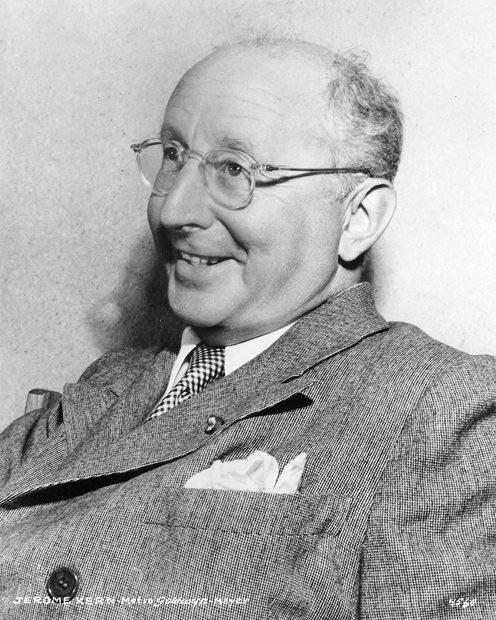
 Amanda S. Stevenson
Amanda S. Stevenson 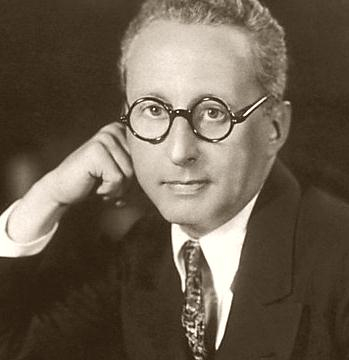
 Amanda S. Stevenson
Amanda S. Stevenson 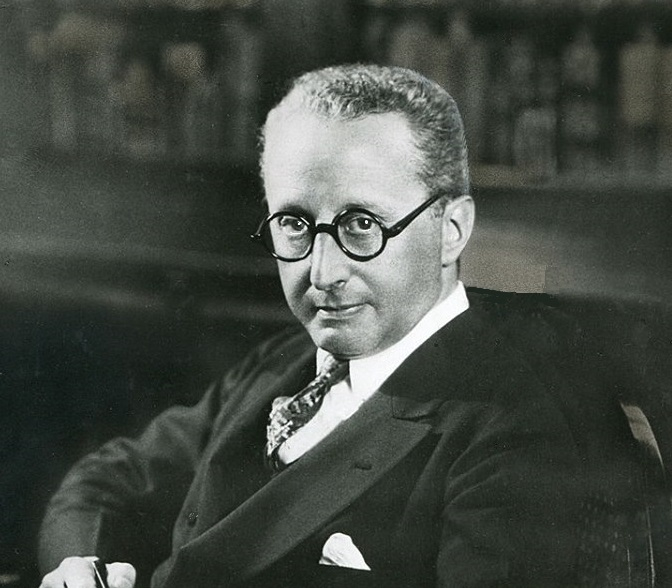
 Amanda S. Stevenson
Amanda S. Stevenson 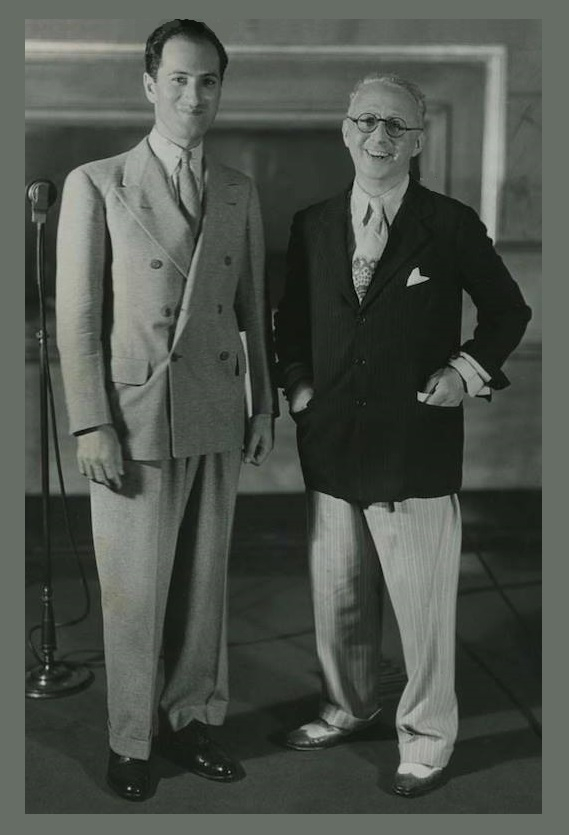
 Amanda S. Stevenson
Amanda S. Stevenson 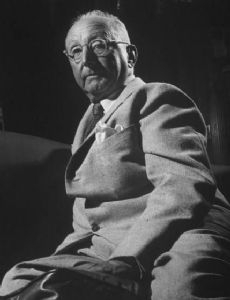
 Amanda S. Stevenson
Amanda S. Stevenson 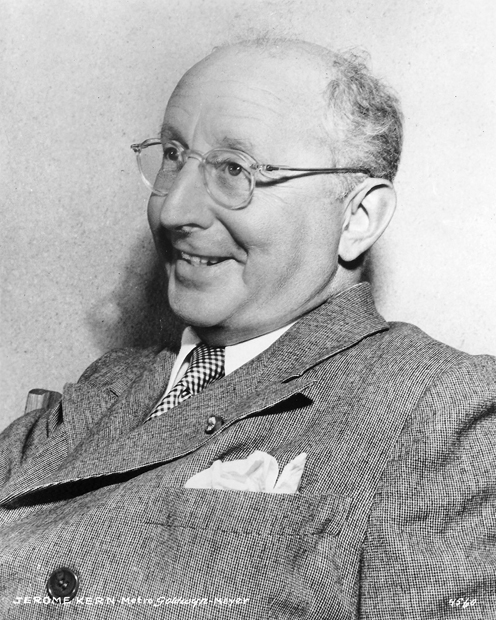
 Amanda S. Stevenson
Amanda S. Stevenson 
 Amanda S. Stevenson
Amanda S. Stevenson 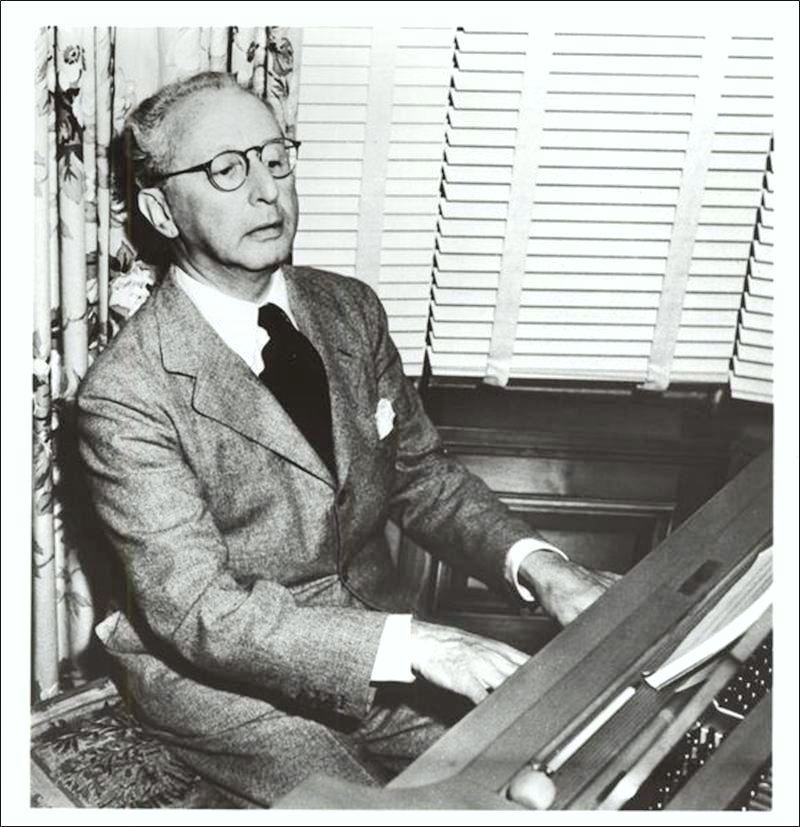
 Amanda S. Stevenson
Amanda S. Stevenson 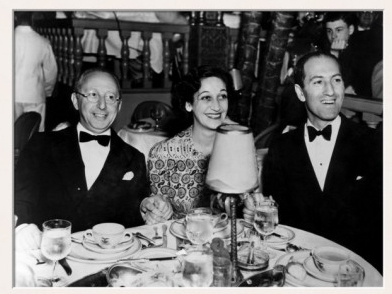
 Amanda S. Stevenson
Amanda S. Stevenson  Amanda S. Stevenson
Amanda S. Stevenson 